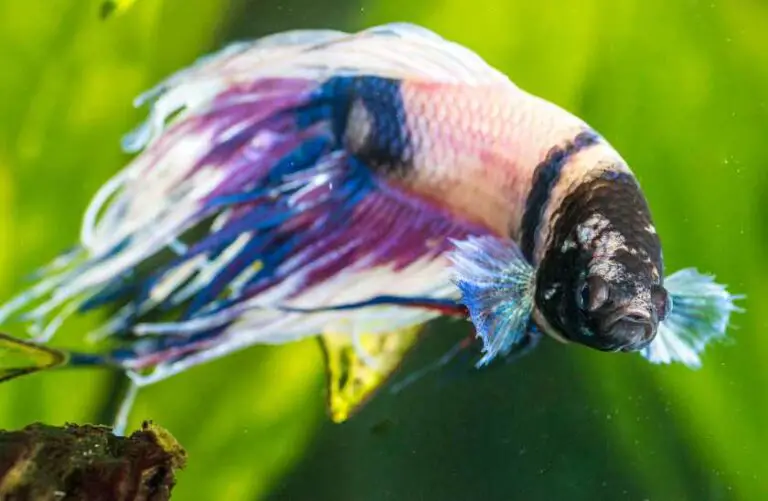Understanding and Treating Dropsy in Betta Fish
Keeping betta fish as pets can be a rewarding and fulfilling experience. However, it also comes with responsibilities, including caring for Betta’s health. One common health issue that bettas may encounter is Dropsy.
In this extensive and detailed article, we will delve into the scientific aspects of Dropsy, explore its symptoms, stages, and provide expert advice on treating and rescuing your betta fish from dropsy disease.
By understanding the causes, identifying the signs, and implementing appropriate treatment, you can help your betta fish overcome Dropsy and ensure their well-being.
Table of Contents
- Understanding Dropsy In Betta Fish
- The Signs and Symptoms of Dropsy
- The Signs and Symptoms of Different Stages of Dropsy in betta fish
- Treatment and Rescue Process for Dropsy
- Best antibiotics for Dropsy in betta fish
- Expert Advice and Recommendations for Dropsy in betta fish
- Conclusion
- FAQ
Understanding Dropsy In Betta Fish
Dropsy, scientifically known as “ascites,” is a condition that affects many fish species, including bettas. It is characterized by excessive fluid retention in the fish’s body, leading to swelling and bloating.
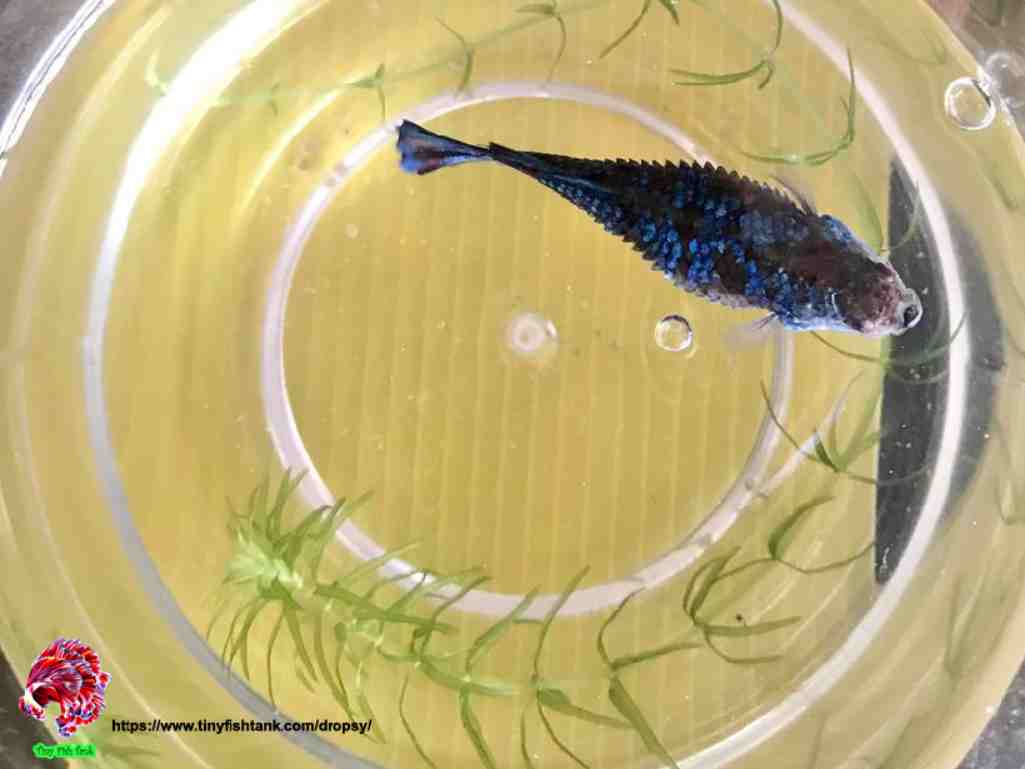
When Betta fish infect Dropsy, fish face swimming, breathing, and swollen issue, it is possible to identify this disease quickly based on its physical characteristics. When the fish’s body is swollen or loose, it is difficult for bettas to swim, resulting in the fish having difficulty moving. Bad water conditions can cause symptoms of Dropsy.
Dropsy is often not a disease but a symptom of an underlying health issue. Understanding the causes and triggers of Dropsy is essential for effective prevention and treatment.
The Signs and Symptoms of Dropsy
Detecting Dropsy early on is crucial for successful treatment. By recognizing the signs and symptoms, you can take prompt action to alleviate your betta fish’s discomfort. The following are common signs and symptoms associated with Dropsy:
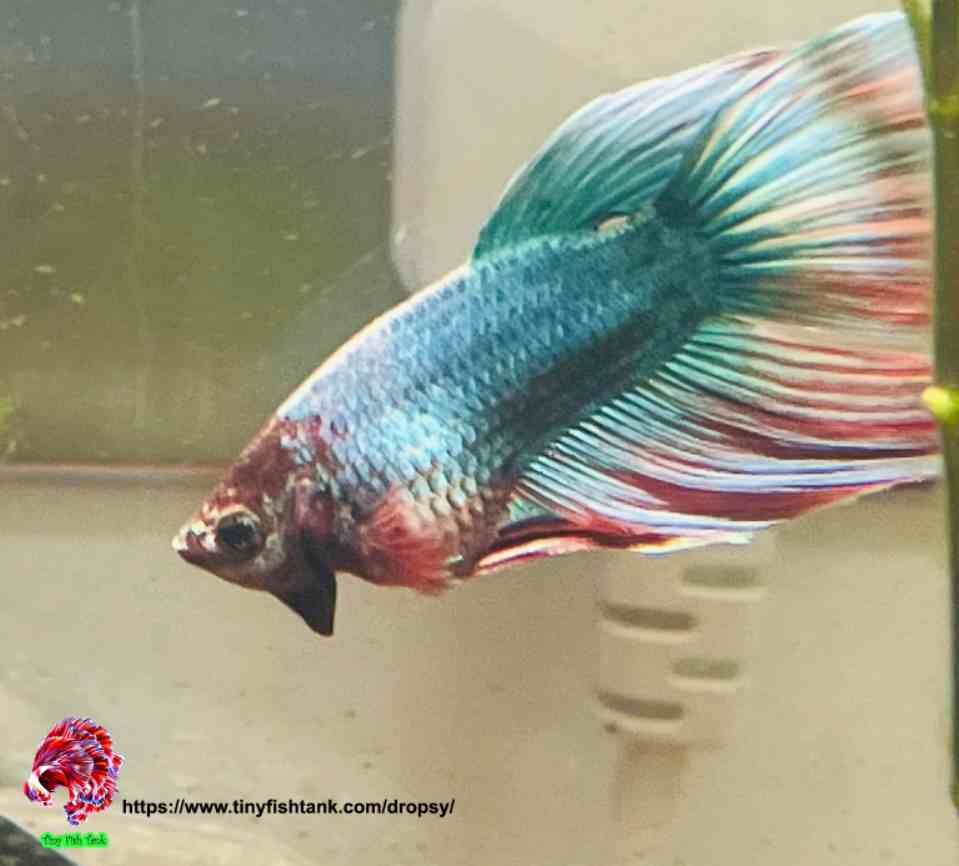
Swelling and Bloating:
One of the most noticeable indicators of Dropsy is significant abdominal swelling, resulting in a bloated appearance.
Pinecone-like Appearance:
In advanced stages of Dropsy, the scales may protrude, resembling the shape of a pinecone.
Loss of Appetite:
Affected fish often exhibit a diminished appetite or complete loss of interest in food.
Lethargy and Inactivity:
Dropsy can cause bettas to become lethargic and less active than usual.
Raised Gill Covers:
In some cases, the gill covers may appear swollen or slightly raised.
Difficulty Swimming:
Swimming may become challenging for the fish as Dropsy progresses due to increased abdominal pressure and discomfort.
The Signs and Symptoms of Different Stages of Dropsy in betta fish
Dropsy typically progresses through three main stages, each indicating the severity of the condition. Understanding these three main stages will help you assess the progression of Dropsy in your betta fish and determine the appropriate course of action.
Early Stage:
The fish may show slight bloating during the early stage, but the scales remain smooth and intact. Fish is less active and not eating much than earlier. Most of the time, betta fish do not swim in the tank. Betta stays in the bottom or corner and tries to hide.
Intermediate Stage:
As Dropsy increases, the bloating becomes more pronounced, and the scales protrude. The fish looks like having a fat belly. Fish does not look aggressive anymore. Always try to hide behind the plants, stone, and sponge filters.
Advanced Stage:
In the advanced stage, the abdomen is severely swollen, and the scales appear significantly raised, resembling a pinecone. Almost the fish color faded. Betta fish do not swim to the bottom of the tank and always stay on top of the water. Fish are not aggressive to the other fish in the tank, not gill flare.
Treatment and Rescue Process for Dropsy
Treating and Rescue Dropsy betta fish can be challenging, but with the proper care, attention, and appropriate measures, there is hope for your betta fish. It is important to note that Dropsy treatment focuses on addressing the underlying causes and providing supportive care to alleviate the symptoms.
The following steps can guide you in the treatment and rescue process:
Isolate the Fish:
Isolate the fish is a must to prevent the spreading of any potential infections. It is crucial to quarantine the affected fish in a separate tank.
Improve Water Quality:
Improving water quality and maintaining optimal water conditions is essential for your betta fish’s health and well-being. Regularly test and adjust parameters such as ammonia levels, temperature, and pH to ensure a clean and stable environment.
It would be best if you kept temperatures above 75 and below 82 degrees Fahrenheit. Maintaining a 6.5 -7.5 pH level is ideal for dropsy betta fish.
Medication and Salt Treatment:
The Aquarium salt is sodium chloride, also known as table salt or rock salt. Trace minerals or elements are not contained in this type of salt. Marine salt also contains trace minerals and elements and a buffering capacity to maintain a high pH.
In some cases, adding aquarium salt to the water can help alleviate specific symptoms associated with Dropsy.
Provide Optimal Nutrition:
Feeding your betta fish a high-quality nutrition diet is crucial for their health. Ensure that the food is easily digestible and nutritionally balanced. Avoid overfeeding, as it can worsen the condition and lead to digestive issues.
Monitor Progress:
Regularly observe your betta fish’s behavior, appetite, and any signs of improvement or deterioration. Adjust the treatment plan accordingly, seeking professional advice if needed. Remember that Dropsy is hard to cure; your fish can die anytime between 3 weeks.
Best antibiotics for Dropsy in betta fish
Antibiotics are medicines used to treat bacterial infections in humans and animals. In most cases, the antibiotics destroy or hinder the growth and multiplication of the bacteria. There are few antibiotics for “Dropsy” in the market, and each product has a different treatment process.
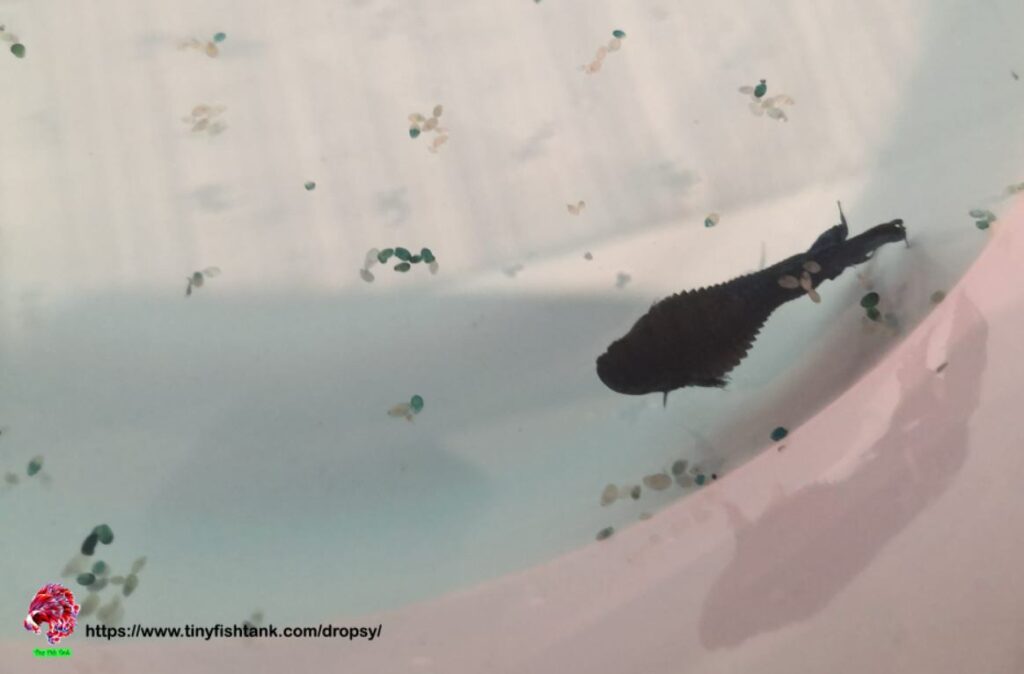
Kanamycin Sulfate
The antibiotic Kanamycin Sulfate is a water-soluble antibiotic purified from the bacterium Streptomyces kanamyceticus. The mechanism by which kanamycin inhibits protein synthesis in susceptible bacteria is to bind to the 30S subunit of the bacterial ribosome.
Read the bottle’s description before adding this antibiotic to your dropsy betta fish. Always follow the instructions to get the best results from Kanamycin Sulfate.
Erythromycin
Erythromycin is another antibiotic that is widely used for betta fish diseases. Erythromycin antibiotic helps to control Betta fish bacterial diseases, such as mouth fungus, Gil diseases, fin root, and body slime.
Dropsy is also a bacterial infection, so you can use Erythromycin antibiotics for this illness. Before adding Erythromycin into your betta fish hospital tank, you need to read the instructions paper properly. Follow the advice mentioned in the box to get the best results quickly.
Maracyn II
Maracyn Two powder is a broad-spectrum antibiotic (minocycline) designed for aquarium fish use, and it is also another powerful antibiotic for betta fish dropsy illness.
Maracyn II antibiotic comes full of image instructions and is easy to use. You need to read the Maracyn Two powder guide carefully before using it, and they mentioned how to treat the stage of betta fish dropsy. Different stages need different treatments, so before using Maracyn Two powder, ensure which stage your betta fish suffers from.
Maracyn Two powder also helps treat Popeye disease in betta fish.
Expert Advice and Recommendations for Dropsy in betta fish
We have consulted veterinarians and reviewed scientific research papers on Dropsy in betta fish to provide you with the most accurate and up-to-date information. These experts have provided valuable insights and recommendations, which include:
Implement a Proper Filtration System:
Implementing a good filtration system helps maintain a clean and healthy environment for your betta fish. It aids in removing toxins, maintaining water quality, and reducing infection risk.
Regular Water Changes:
Performing regular partial water changes is crucial for removing accumulated toxins, ensuring optimal water conditions, and promoting the overall well-being of your betta fish. You can perform regular water changes each day and reduce at least 25% of water in the tank; the max water level should not exceed 50%. You can add Indian almond leaf into your hospital tank, and it helps to heal betta fish soon.
Avoid Overfeeding:
Overfeeding your betta fish can lead to digestive issues and potentially worsen the condition of Dropsy. It is essential to provide the right amount of food according to your Betta’s dietary requirements. Always use high-protein fish feed to provide your betta fish. A minimum of 45% of protein should be there and not exceed 65% because over-feeding high-protein fish food also leads to Dropsy, so avoid overfeeding your betta fish.
Consider Medication Options:
In severe cases or when bacterial infections are present, veterinarians may prescribe specific antibiotics or medications to target the underlying causes of Dropsy.
Pay Attention to Stress Levels:
Stress levels can significantly impact your betta fish’s health and well-being. It is essential to minimize stressors in their environment by avoiding sudden temperature fluctuations, providing suitable tank mates, and preventing overcrowding.
Conclusion
Dropsy is a distressing condition that affects betta fish and requires prompt attention and care. Understanding the causes, recognizing the signs and symptoms, and implementing appropriate treatment measures can increase the chances of rescuing your betta fish from Dropsy.
Remember, maintaining a clean and stress-free environment, providing optimal nutrition, and seeking professional advice are critical factors in successfully managing this condition. With education, proactive fishkeeping practices, and the support of the aquatic community, we can ensure the well-being and longevity of our beloved betta fish.
FAQ
How long my betta fish takes to recover from Dropsy?
Dropsy is hard to cure and takes up to 21 days, and sometimes, it takes more than one month to heal your betta fish from dropsy disease. Fish recovery speed depends on many factors, such as the fish’s immune system, treatment start time, and treatment process.
How to prevent Dropsy in betta fish?
You can easily prevent Dropsy in betta fish, and you need to do is feed easily digestive food to your betta fish. If you provide thick fish flakes or pallets to your betta fish, it is hard to digest in their stomach. That is the main reason why dropsy popups.
Is there the fastest way to cure Dropsy?
No. There are no shortcuts to cure Dropsy. Fish will take maximum time to cure from Dropsy, and sometimes fish will not cure from Dropsy. So if you want quick results, you must stop feeding once you identify your fish infected with Dropsy. It would be best if you emptied your fish stomach, as it will also help to recover from Dropsy quickly.
Does my Betta have Dropsy or is it getting fat?
Dropsy is not hard to identify when your fish is infected. Once your betta fish get an infection of Dropsy, he will start to hide and stop gill flaring to the other fish in the tank and no aggressive anymore. These three indicate Betta is not getting fat and having Dropsy.
Is Dropsy painful for bettas?
Yes. It is painful for your betta fish because internal damage already started, and fish suffer from breathing, swimming, and swollen belly. The fish’s kidney is almost damaged at the moment, and the fish is getting weak due to loss of food appetite. So, for these reasons, Dropsy is painful for betta fish, and you should start treatment as soon as possible.
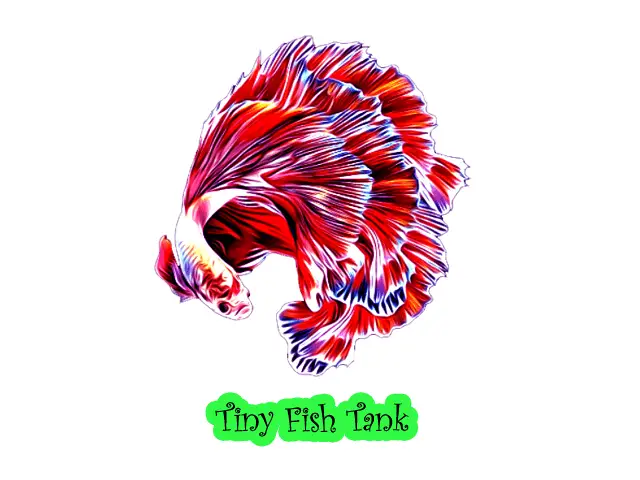
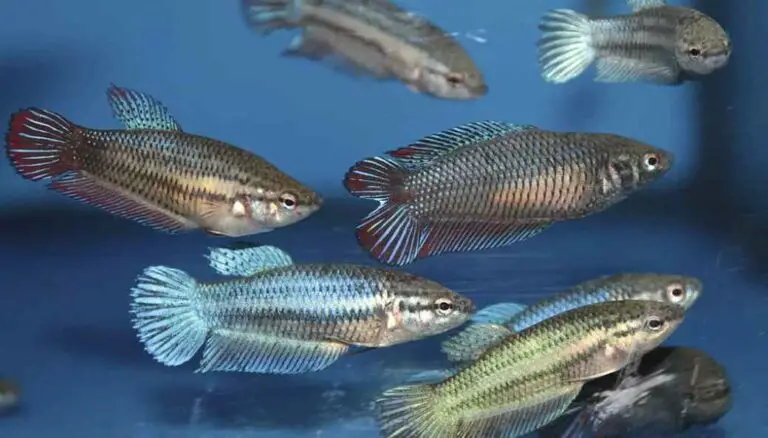
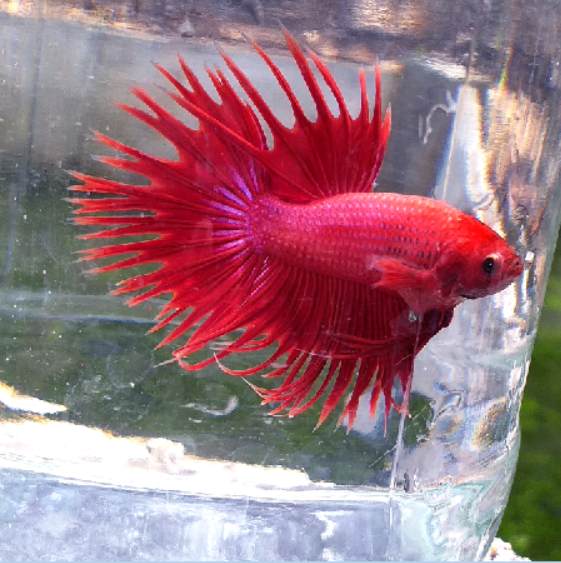
![Why is Betta Fish Swimming Erratically? [7 Reasons & Answers]](https://www.tinyfishtank.com/wp-content/uploads/2023/01/Why-is-Betta-Fish-Swimming-Erratically-768x496.webp)
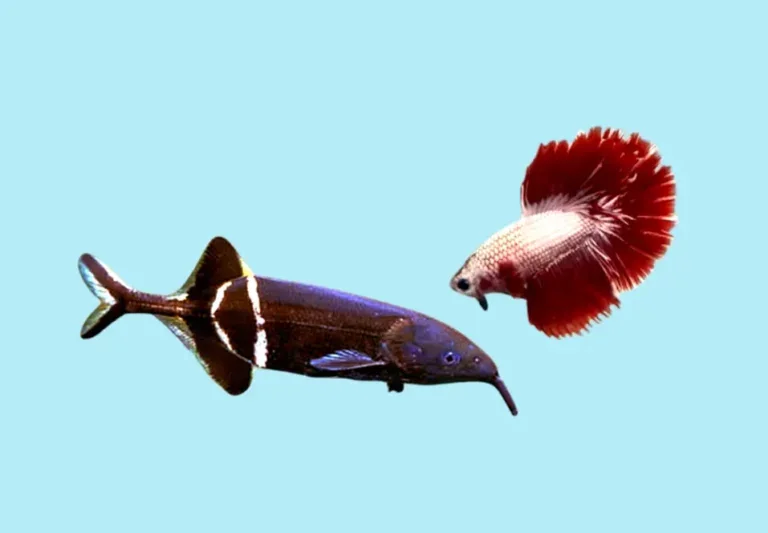
![How to Treat Your betta Fish with the Salt bath? [Expert Advice]](https://www.tinyfishtank.com/wp-content/uploads/2023/02/How-to-Treat-Your-betta-Fish-with-the-Salt-bath-768x486.webp)
